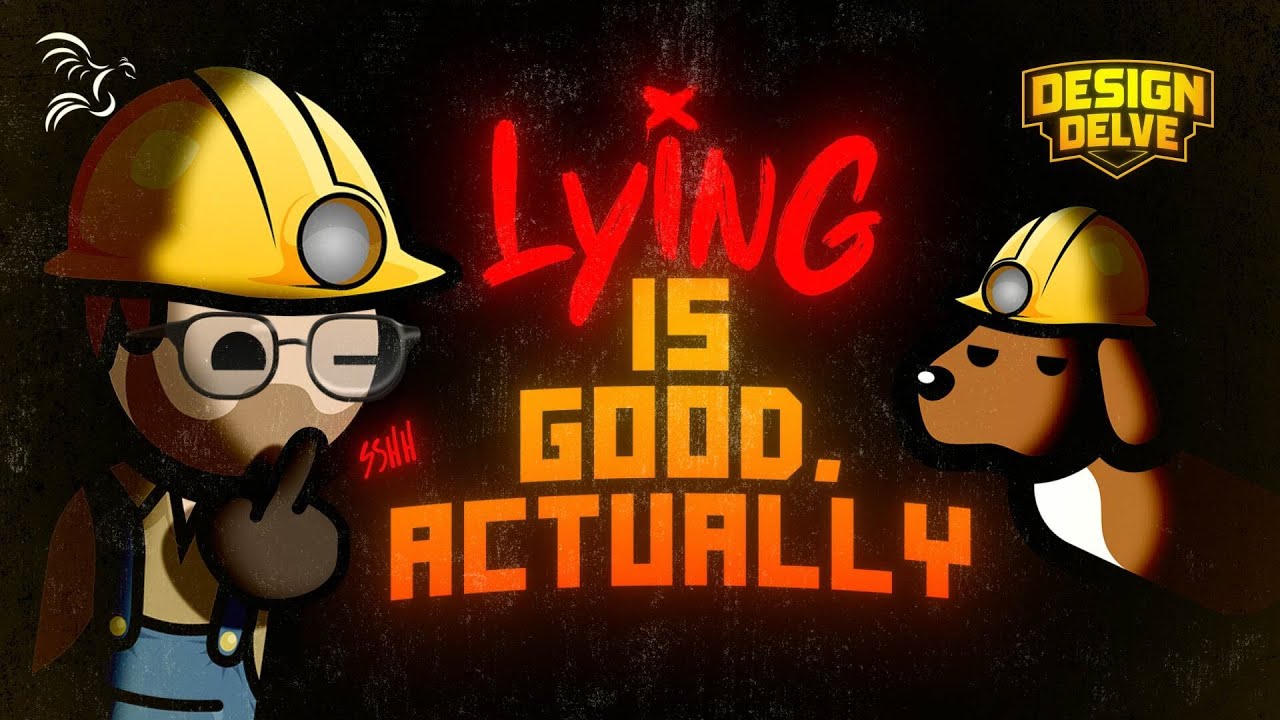None of this is conjecture. These practices make their way into games because we can measure the result. The goal of the game designer, usually, isn’t necessarily to make the player better at the game but to help them to have fun. It’s why multiplayer games with matchmaking typically make your first matches against bots disguised as humans. If you lose your first match, there’s about a 60% chance that you’ll never play that game again, because you never got to have that feeling that shows why the game is fun. If you get frustrated with a difficult portion of a campaign or story driven game, you’re more likely to put it down and, among other things, less likely to buy the sequel since you never saw the end of the previous one.
You can’t “measure the result”. Hours played is not game quality, and there is very little overlap between games that stand the test of time and games that are broken by rubberbanding. It is a short term dopamine manipulation that removes the actual satisfaction of actually playing a game. It’s like saying slots are a good game because they form addicts.
If you use rubber banding, you are terrible at what you do.
You can measure how many players finish the game, and you can measure the effect that finishing the previous game has on sales of the sequel. You can measure the review scores, critic and user, for your games with and without the difficulty adjustment. You can measure how many players stick around in a multiplayer game after a loss. You can see what complaints, criticisms, or praise you get in play testing in A/B tests with or without certain parts of these that are lies. Maybe the game with totally fair racing AI shows you how to actually get better at the game, but no one’s going to have any fun if you’re so far ahead of the other racers that it feels like you’re racing on an empty track, and game designers knew that decades ago.
All of those are very bad, short term heuristics for quality. It’s perfectly fine for people not to finish a game.
A player taking a break after a loss is again, not bad by any stretch of the imagination, and not an indication that there is anything wrong with a game.
Yes, people can and do have fun winning when they deserve to win, and they have fun losing when they deserve to lose. If they chose a difficulty where they dominate, they did that for a reason. If they chose a difficulty that beats them to a pulp if they make mistakes, they did that for a reason. Overruling player’s choices to break the game is not fun. It’s addictive. They’re not the same thing.
I don’t think anyone likes it when they can tell the game is lying to them, but you claimed that games that do this don’t stand the test of time, yet people love Mario Kart and Resident Evil 4, the two go-to examples of this concept, and it would be extremely difficult to say that love for those games hasn’t stood the test of time. It’s totally fine for you to seek out a challenge, and I agree with you that a game isn’t necessarily doing anything wrong if people don’t finish it, but these strategies in game development have tended to result in a happier player base. Anecdotally, I know a couple of friends who would sing praises for adaptive difficulty like this.




